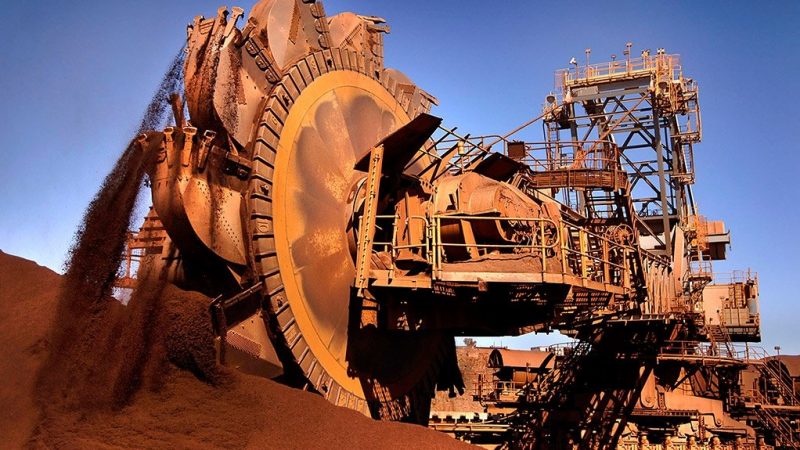
Rio Tinto Faces Earnings Pressure from Commodity Price Decline
Rio Tinto reported its weakest first-half earnings since 2020, with underlying profit falling 16% year-on-year to $4.81 billion. The decline primarily stems from a 15% drop in iron ore prices caused by reduced steel production in China and a surge in global supply. Despite missing analyst forecasts slightly, Rio Tinto remains optimistic about its future prospects, especially in copper and lithium markets.
The company also announced its lowest interim dividend since 2018 at $1.48 per share, down from $1.77 last year. CEO Jacob Stausholm, who is stepping down in August, emphasized that Rio Tinto’s strong growth outlook offsets the current financial challenges.
Rising Costs and Production Updates in the Pilbara Region
Costs in Rio Tinto’s Pilbara iron ore operations rose to $24.3 per tonne, compared to $23.2 last year, mainly due to lower supply volumes and cyclone impacts. The company still forecasts production costs between $23 and $24.5 per tonne for the year. Meanwhile, production reached 83.7 million tons in Q2 2025—the highest quarterly output since 2018 and a 5% year-on-year increase.
Iron ore prices have suffered due to softer demand, but financial analysts like Morgan Stanley expect a gradual recovery, forecasting prices to hit $100 per tonne by year-end. Meanwhile, copper and lithium demand continues to grow, fueled by data center expansion and battery system development.
SuperMetalPrice Commentary:
Rio Tinto’s earnings highlight the volatility of commodity markets, especially amid shifting global demand and rising operational costs. However, the company’s focus on copper and lithium aligns with broader trends toward electrification and battery metals. As iron ore prices recover, Rio Tinto’s diversified portfolio and production efficiency in Pilbara position it well for sustainable growth in the metals sector.







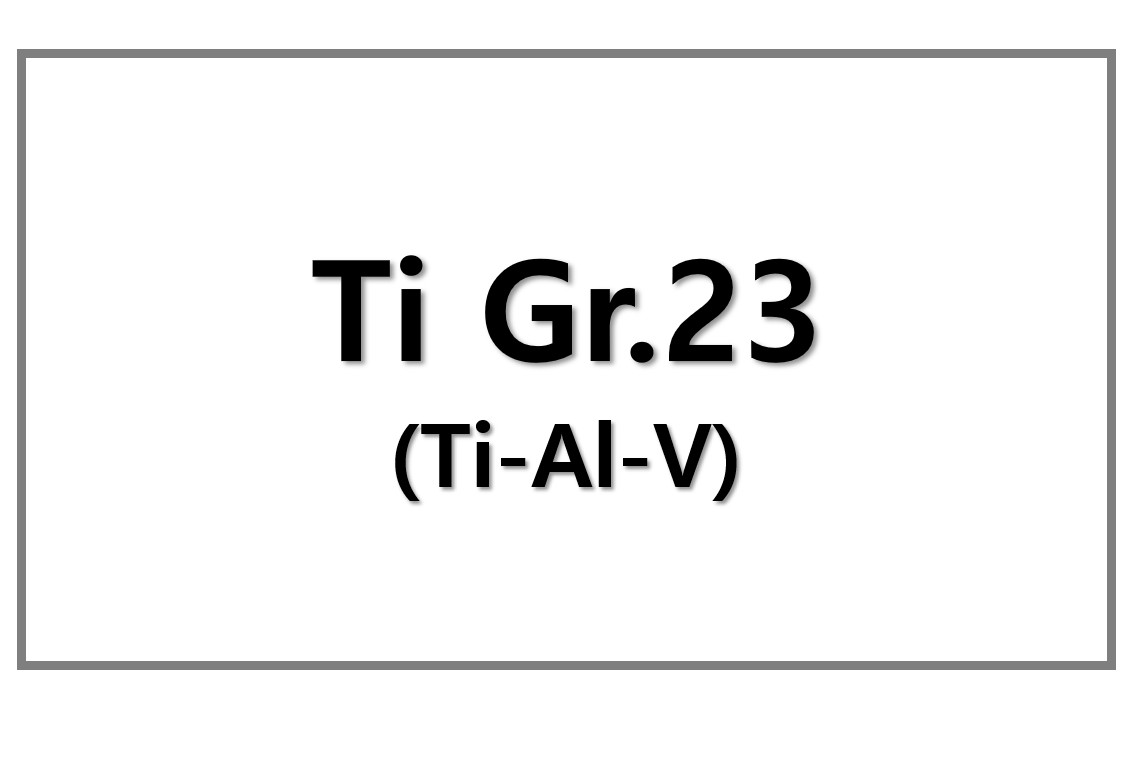
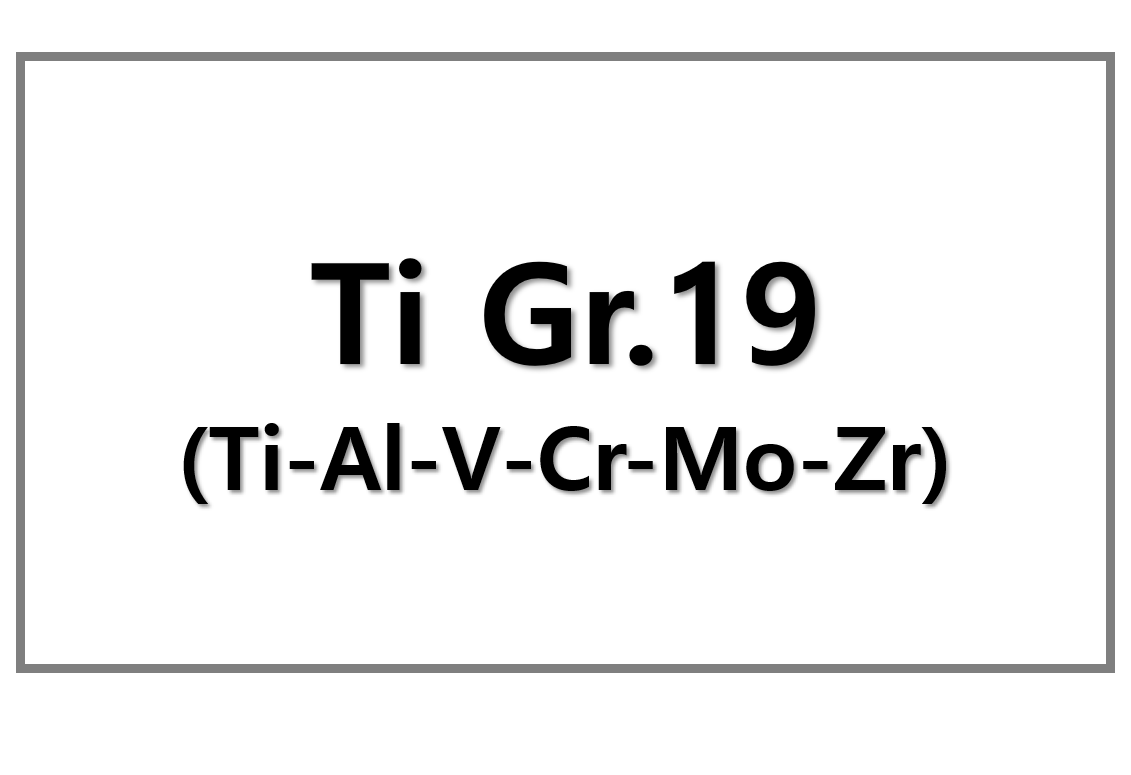
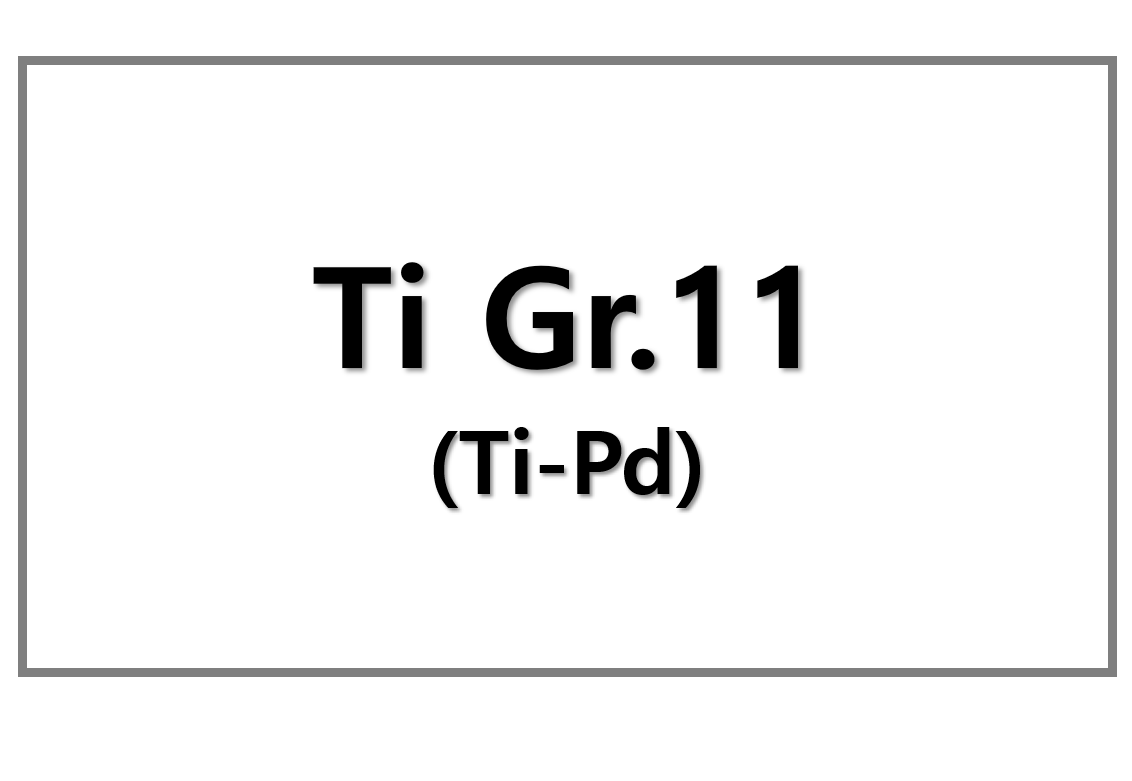
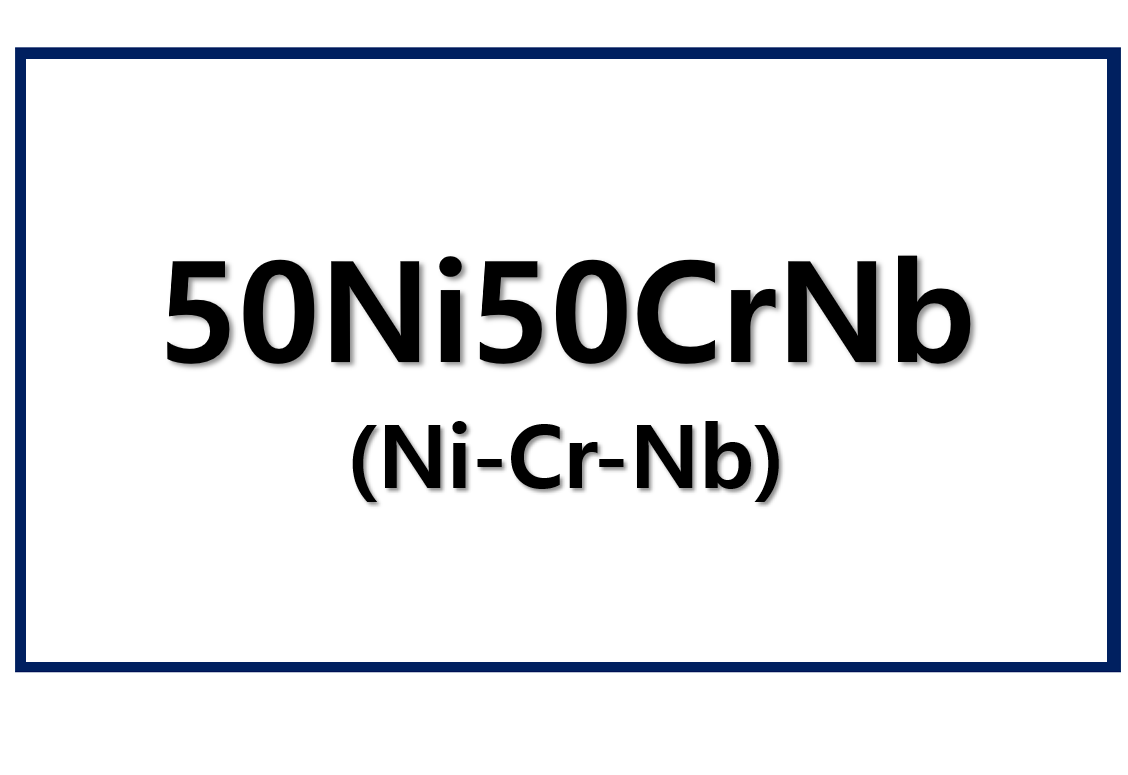
Leave a Reply
You must be logged in to post a comment.